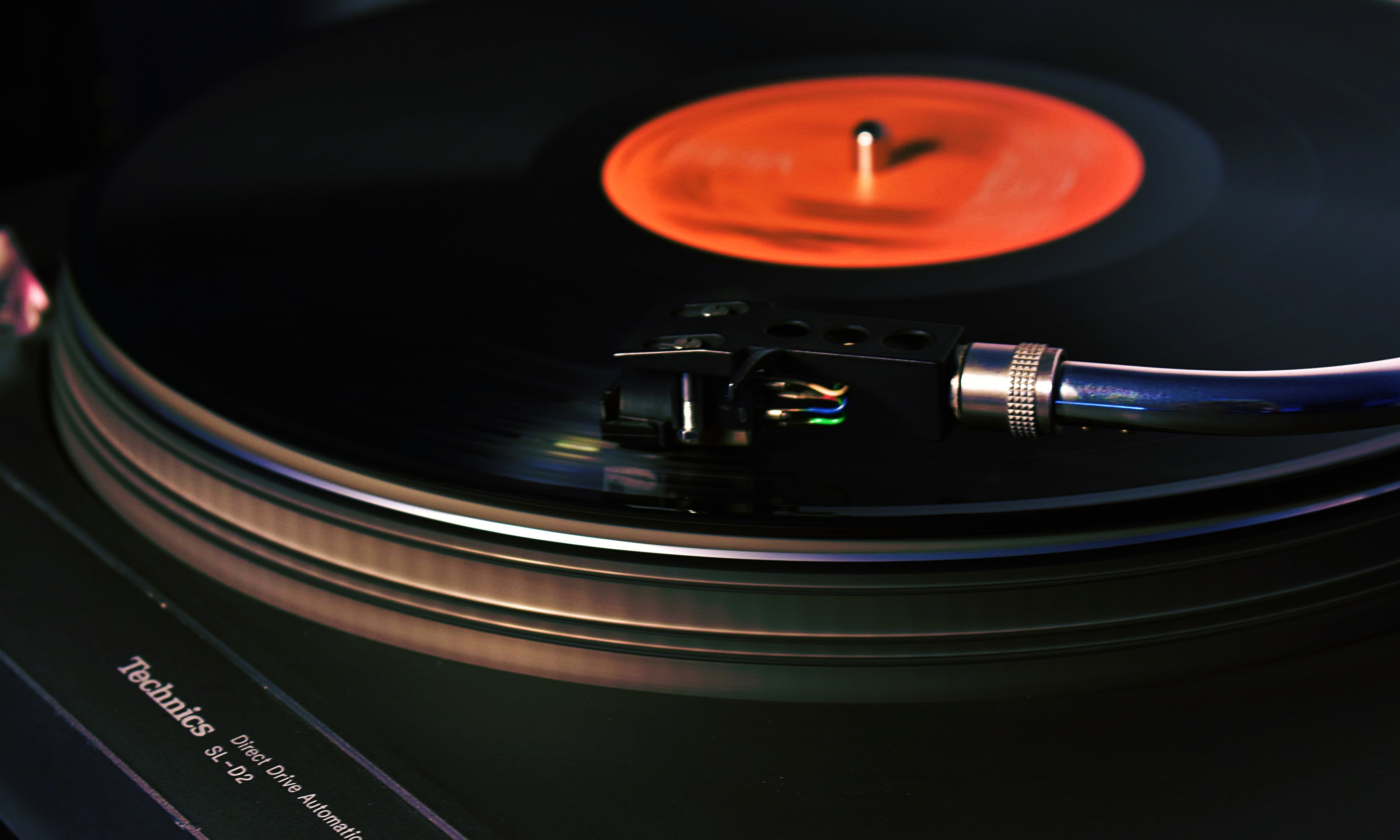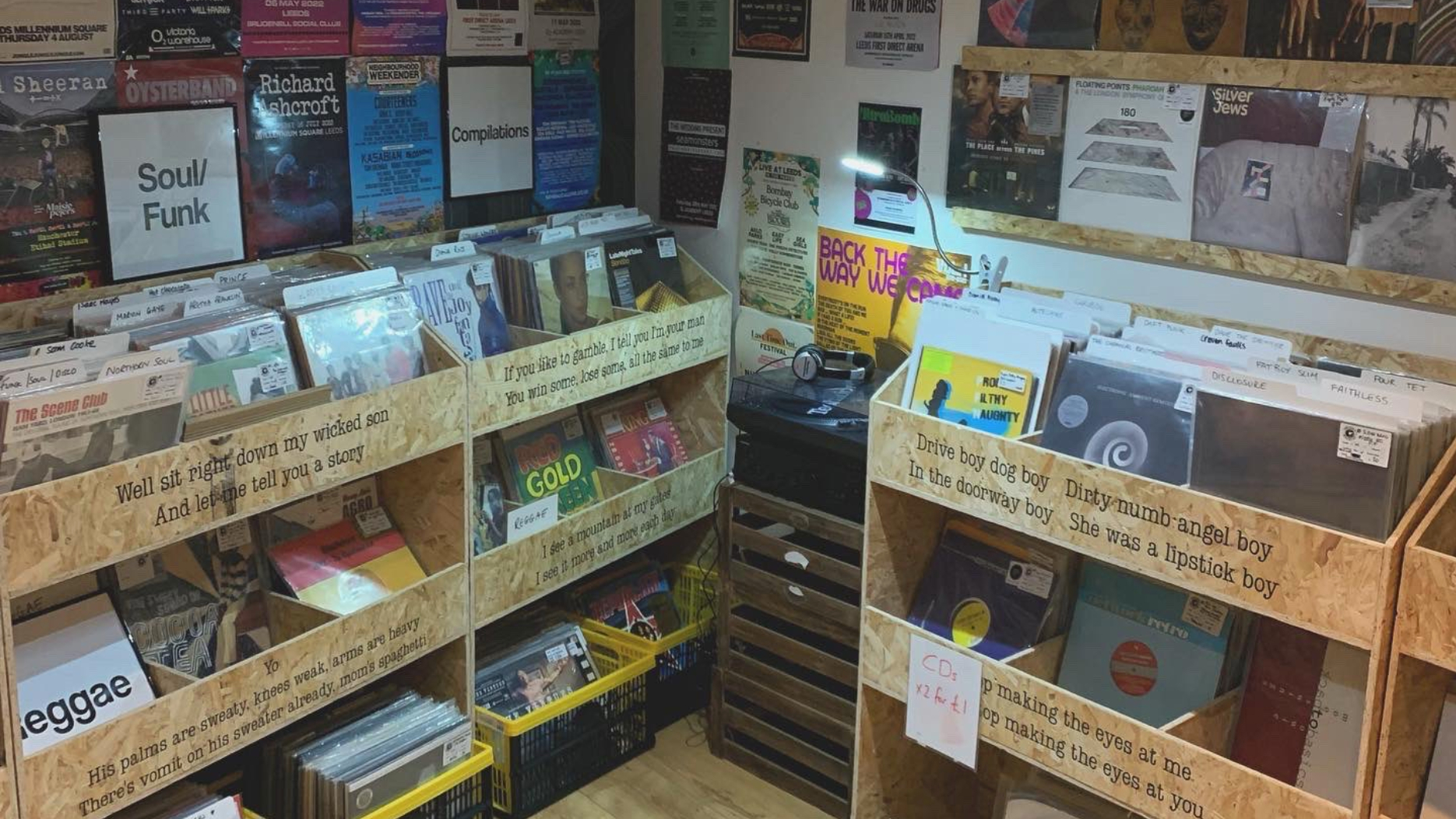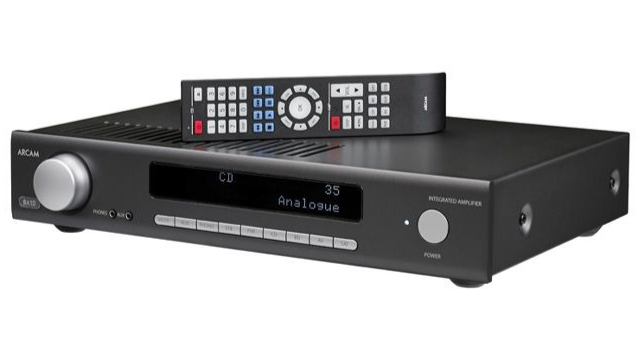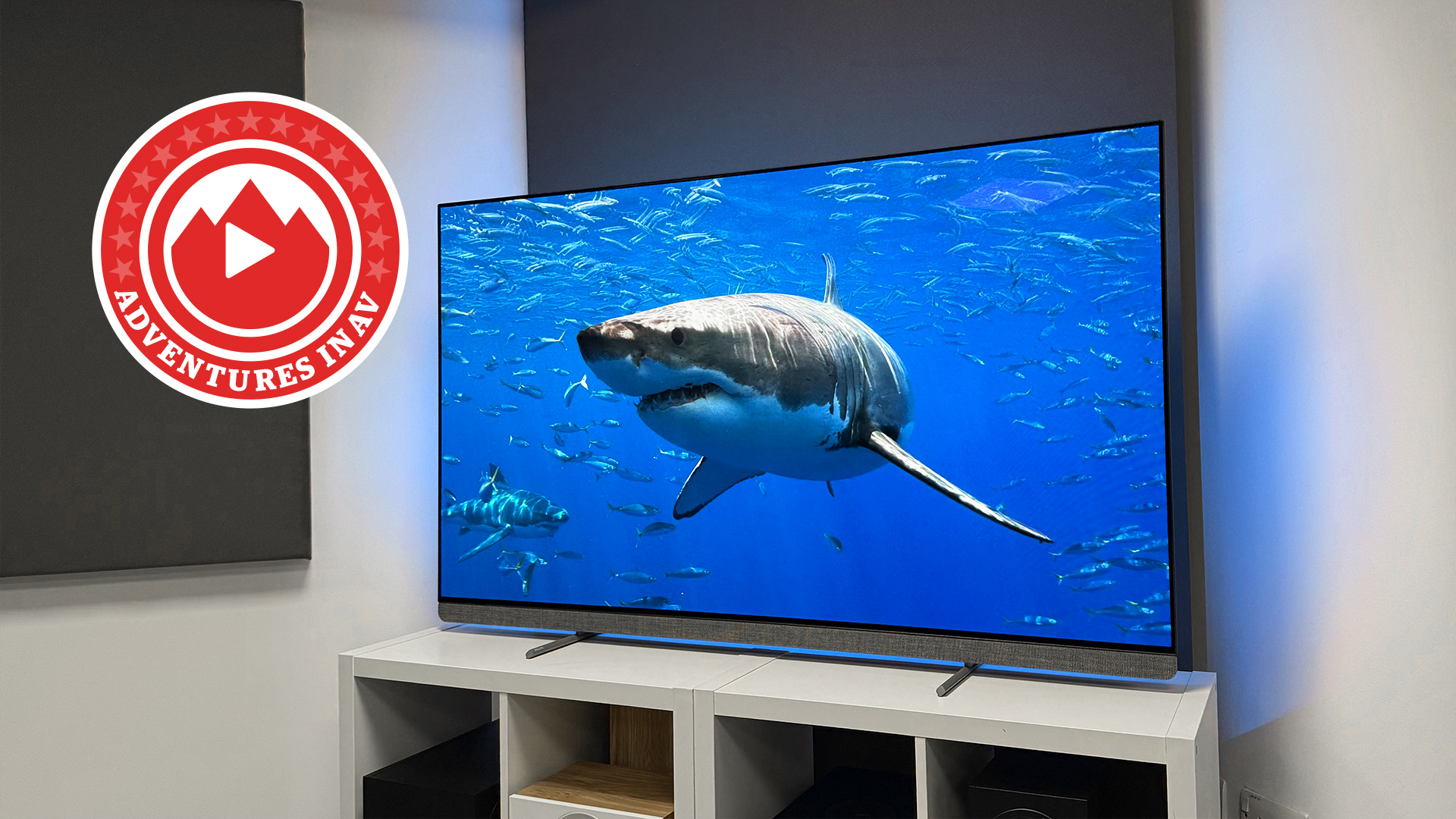I found the vinyl revival underwhelming... until I made one effective system upgrade
My records have never sounded better...

This year, I joined the vinyl revival. I know, I'm only a few years behind. But, you see, it's sort of a second coming for me (if you don't include the first time round – I'm old enough to have started my music-listening journey in the pre-digital age).
Let me explain myself. Around a decade ago – long before I joined the What Hi-Fi? team, and so was relatively naive as to what actually made hi-fi work – I bought a brand new system of separates that included a turntable, the first I'd owned since the mid-’90s when CDs replaced records in my principal listening habits.
The year I bought this new system was around the apex of vinyl's resurgence, and I excitedly got my new kit set up and brought my boxes and boxes of old records down from the attic to play on my then-new Marantz TT5005 deck.
It was a blast of nostalgia, seeing those beautiful foot-square record sleeves with their amazing artwork, including an original Led Zeppelin 3 with its spinnable inner wheel that changed the album art. Ooh, and that original 'floppy disc' Blue Monday 12-inch (okay, I'm just showing off now). I've always loved my records, and it was just as thrilling putting the needle on the record in time-honoured fashion, listening to the crackles and pops as the album started up. And trying to convince my children that this was what music was all about – an album played in the order its creators intended, with two distinct sides (or more); priorities that were already obsolete to younger generations randomly streaming or listening to MP3s on shuffle.
New albums were duly bought from Bristol's amazing but now sadly no-more Rise Records, providing another warm wave of nostalgia for the pleasure of leafing through album sleeves in a bricks-and-mortar record shop.
Fade out

Then, over the months and years, the 'novelty' of vinyl just wore off. Convenience won out; by and by CDs returned, MP3s were back via the iPod, and then streaming from a smartphone became my go-to source. And the vinyl, though remaining on display in my music listening room, got largely overlooked once more.
Why? Because the most crucial aspect, the sound, was to my ears just… okay. That famous 'warmth' that I'd heard so many wax lyrical about, seemed no match for the clarity and forthrightness of the CD, and I dismissed it all as squinting back in time through rose-tinted specs to a younger me at the door of Jumbo Records in Leeds as it opened on the day of Nevermind's vinyl release.
The latest hi-fi, home cinema and tech news, reviews, buying advice and deals, direct to your inbox.
A new spin

And then, this year, I made my first upgrades to my system in quite a while, this time armed with the knowledge I've now acquired as a What Hi-Fi? team member. The main new component in my new system is the well-specced and affordable Arcam SA10 integrated amplifier (pictured below). All the digital and analogue inputs I need? Check. Good looking industrial aesthetic? Check. Phono stage? Check. Then I added some lovely, clear Wharfedale Diamond 12.1 standmounters… but this time I didn't rush to buy a new turntable, because in my mind, still, the sound from vinyl wasn't really anything special. Or so I thought.
Plumbing the Arcam in, listening to all sources through it and hearing improvements across the board, I duly tested the turntable. It made a horrible noise, and realisation dawned. My old, clearly more basic Cambridge Audio amplifier did not contain a phono stage; instead the Marantz deck's built-in phono amp had been struggling with the heavy lifting this whole time – and was now clashing with the Arcam.
I hadn't really thought to check the specs of my outgoing amp, and at the time I bought it I did what a lot of people have done, I'm sure – which is to go into Richer Sounds, listen to some kit in their test room (as I recall, I only listened to CDs during testing) and take the sage advice of the lovely Richer Sounds folk as they put together a budget-appropriate set-up for my needs. One of those 'needs' being the ability to play vinyl, but not necessarily to play vinyl at its best.
Thus I ended up with a turntable with a built-in phono stage, doubtlessly to help keep the system within budget, but without fully understanding what it meant. Regular What Hi-Fi? readers will know more than I did back then, since we always advise upgrading to a higher-quality phono stage rather than using one built into a deck if you're in any way serious about vinyl replay.
So, after locating the phono stage's switch under the Marantz's platter, switching it off and letting the Arcam take over, I lowered the arm onto the record that came to hand first, The Offspring's 1994 debut Smash, and my ears were truly opened.

The clarity and punch with which the Californian punks' energetic tunes leapt from my new set-up was astonishing – a testament to something that I knew all about, of course, but hadn't really given much practical thought to until it came time to upgrade my own set-up. Namely, that vinyl needs a good phono stage to do it justice.
For the rest of that day I put on record after record and just listened, with a big smile on my face. Vinyl pressed in the '70s, '80s and '90s, from Fleetwood Mac to Echo & The Bunnymen to Soundgarden, sounded as fresh as it ever did – actually, fresher, since this is almost certainly the best system those old albums have ever been played through. The newer, heavy-weight platters made sense now too – more recent recordings given a literal new spin, seeming to match, and in some ways better, the enjoyment of CD listening or even high-quality streaming – and with all that joyous nostalgia and fun of physically playing records too. I was hooked.
This year, I'm buying records again – Arcade Fire's We and Arctic Monkeys' The Car sound particularly good on their 180g vinyl discs. I'm certain the magic of playing records won't fade this time, because now I can properly hear the difference and I finally 'get' the vinyl revival.
And more than that, it's set me on a path. Upgrading little by little, component by component, is definitely in my future as money allows. Because if that better quality phono stage can make so much difference, then even incremental improvements in things like cable quality (and for sure, the turntable and its cartridge are next), can only better the sound quality – and that is something I am excited to hear.
MORE:
Our expert pick of the best turntables and best phono preamps you can buy
The 16 best turntables of What Hi-Fi?'s lifetime
15 of the best turntable accessories for better vinyl sound
Chris is What Hi-Fi?'s Production Editor. He has 25 years under his belt as an online and print magazine journalist, editing and writing about music, film, sport, video games and more. Having started his career at the NME, he spent 10 years on staff at legendary lad's mag Loaded, and has since been Editor of Rhythm and Official Xbox magazines.
